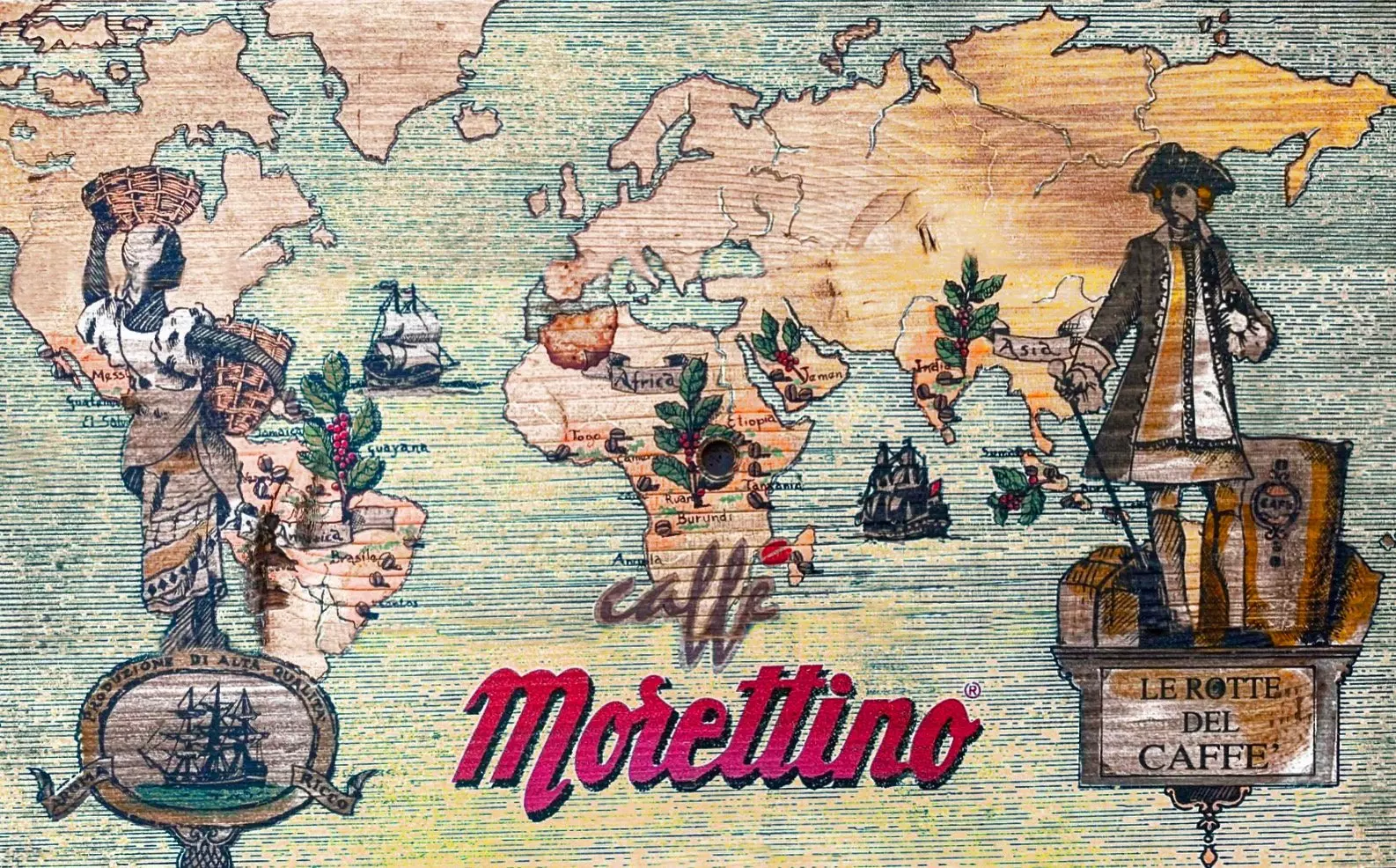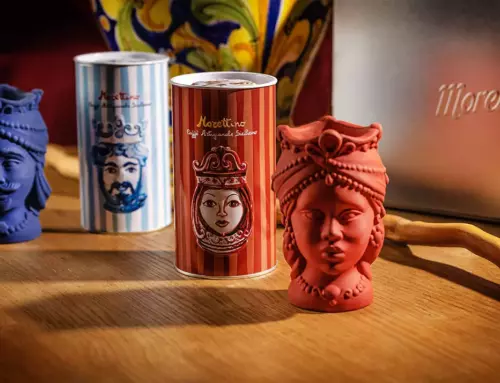In the Italian culture, coffee is a ritual nobody can give up. That’s the punctuation that outlines the day: it inaugurates morning, closes meals, fills breaks, marks reunions with with the dear ones until the after dinner.
But how did it manage to arrive from the Tropical countries plantations to our tables?
Here’s the story of an exciting journey which lasts from hundreds of years.
THE LEGEND OF KALDI AND THE LITTLE GOAT
The word “Coffee” derives from “Kaffa”, the Ethiopian upland where the plant that grew up spontanously comes from. According to others, it could derive from the Arabic word «qahwa» that means «exciting».
A legend tells that the one who discovered coffee was, in the 6th century in Ethiopia, shepherd Kaldi, who got suspicious by the nervous behavior of his little goats after they had eaten beans and leafs from a coffee plant. He took the to the monks who threw them in the fire: the spreading aroma convinced them to prepare an infusion that helped them to stay awake during their late night prayer watch. An other legend tells that a blaze broke out in a plantation in Abissinia, which spread in the air an intense coffee aroma.
ALLAH’S WINE
Coffee spreads in the Middle East during 1300: the first cafes are born in Costantinople, meeting spots, reunions, political debates, reading, music, tasting and socialization. The black drink is an alternative to wine, forbidden by the Muslim religion, in every social occasions. For this reason coffee starts to be called also “Allah’s wine“.
THE ARRIVAL IN EUROPE
Coffee enters in Europe aroung 1600 thanks to the Venetians trading commerce with the East. We owe them the diffusion like mass consumption and right in Venice the first “Coffe Shop” opens in 1645. Considered at first the «faithless drink», it got accepted by the Church with Clemente the 8th, who organized a real coffee baptism to “convert” Allah’s drink.
The first coffee bar, instead, was born in 1686 in Vienna. Tiny note of color: following the victory over the Turks, coffee bar served a dessert half-moon shaped, symbol of the defeated Turkey. That’s the birth of the Croissant.
In 1700 coffee bars became landmarks for the enlightened culture: at Florian Cafe in Venice people could meet characters and personalities like Jean Jacques Rousseau and Voltaire.
Between 1700 and 1800 , during the colonial era, European powers began to farm coffee throughout all their colonies situated along the Tropical belt, that got disseminated quickly all over the world.
COFFEE IN ITALY
Only after the First World War coffe began to be main character of Italian breakfast.
In 1917, after the Caporetto defeat, General Diaz decided to make a difference to the Italian soldiers feeding habits, who needed all the energy possible. So 20 grams of coffee got introduced to their daily ration to be consumed every morning.
After the end of the war, soldiers who got back home continued the tradition learnt in the trenchs: for this reason coffee became the most used beverage by the Italians during their breakfast.
After the world wars, bars became landmarks, culture, reunion, pleasure, but most of all the rebirth celebration after years of suffering.





